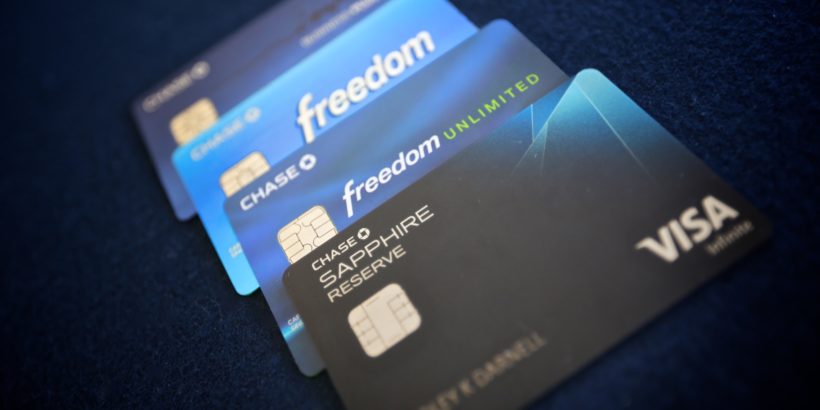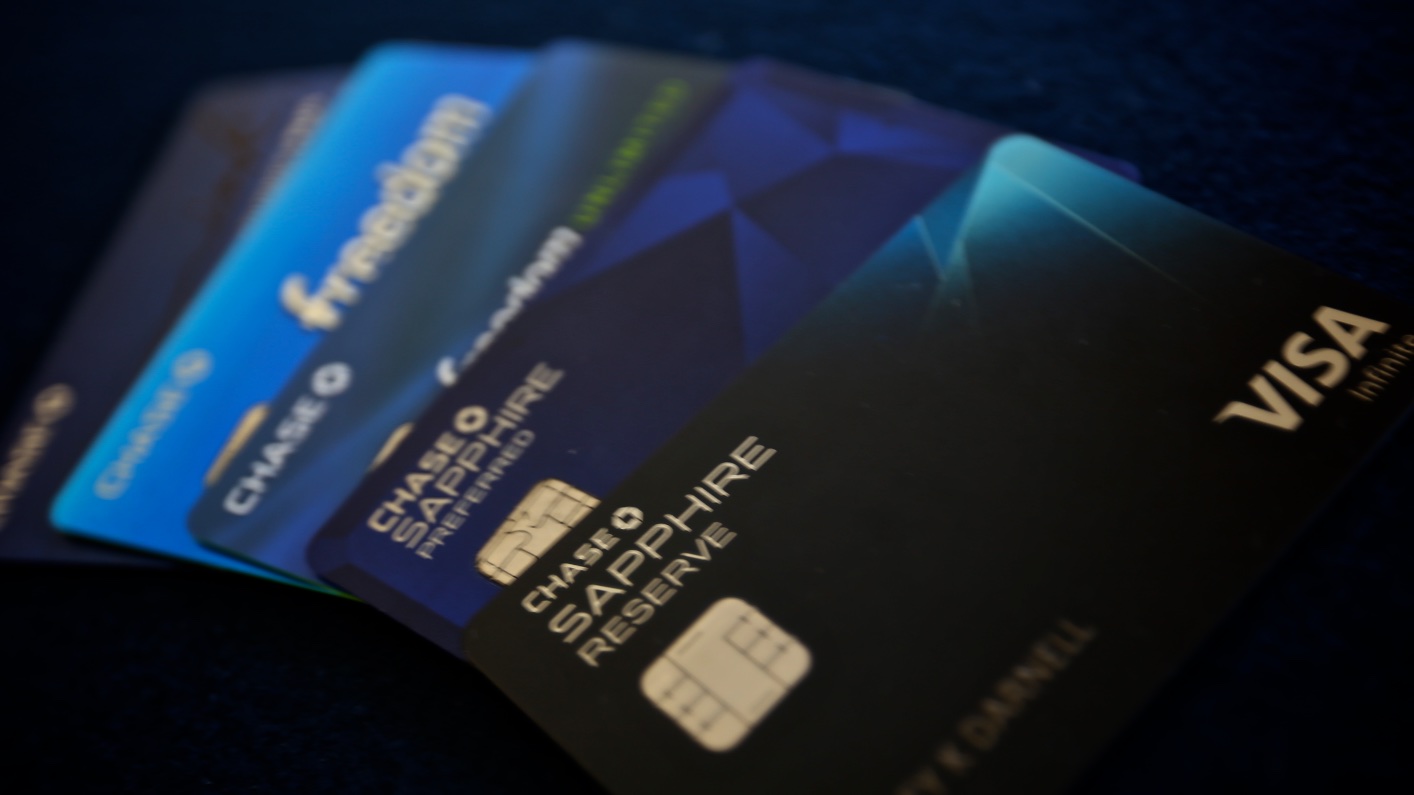One of the best perks of Chase credit cards is that you can often get a credit line increase for your credit cards. It’s generally a pretty straight-forward process but there are a few things that you should know so you don’t mess up your credit score and so that you increase your odds of getting the best Chase credit line increase possible. Here are some tips I’ve learned from my own personal experience.
Table of Contents
1. How to request a credit line increase with Chase
First you need to know how to request a credit line increase with Chase.
- You can do it over the phone by calling: 888-245-0625.
- You can also do it online here
Before you call in or make your request you should read the tips below so you’ll know what to expect.
Tip: Use the app WalletFlo to give you auto-reminders of when to request credit limit increases!
2. Have a good reason for requesting a higher limit
Lenders are primarily concerned with how responsible their customers are going to be with their credit lines.
Hate it or love it, your credit score is considered a strong indicator of how responsible you are but sometimes you also need to explain why you need more credit.
It looks really bad if you call up asking for a higher limit and then don’t have a reason for that request.
So I suggest that you have a pitch ready to go for why you need that credit limit increase.
A very legitimate reason for desiring a credit limit increase is if you have major expenses coming up.
Major expenses include: weddings, honeymoons, major vacations, etc.
It will probably help your cause even further if you can convey an estimate for these expenses and how your proposed credit limit will allow you to cover those charges.
And as always, you should have a plan to pay off those charges whenever they post so that you don’t incur any interest.
3. Chase will conduct a hard pull
If you request a credit line increase from Chase, they will perform a hard pull on your credit. (Click here to try to find out which bureau they might pull from: Equifax, TransUnion, or Experian).
This means that you will suffer a temporary drop in your credit score, usually ranging from 3 to 5 points.
The good news is that the dip in your credit score will only be short-term and the hard pull will eventually fall of your credit report completely!
This also means that your most recent credit report will be used to determine your eligibility for an increase. If you recently hurt your credit score, you may want to wait a while before you request a credit increase.
If you’re trying to quickly rebuild your credit score, check out my article on how to quickly increase your credit score. Sometimes you might be surprised how quickly you can get your credit score back into shape!
There is a way for credit limit increases to happen even with a soft pull to your credit score which you can read about further below!
4. Ask for a reasonable credit line increase
Most credit card companies don’t like to drastically shoot up your credit lines overnight.
The reason is simple: they want to avoid risk and an easy way to do that is to gradually extend you more credit over a long period of time. As they see that you can responsibly manage that credit, they will feel better about extending your more and more credit.
So when you ask for your credit increase from Chase, be sure to be reasonable.
Don’t ask for your $5,000 credit line to be increased to $25,000. Instead, ask for something in the range of a 50% to 100% increase. That’s typically a safe window for a credit limit increase but it’s possible to get increases much higher, especially if your current credit limit is on the low side and you have an extended credit history with Chase.
If you’re a bit timid to throw out a specific number, then you can always request the “standard increase amount” and leave it open for interpretation. You can also try out this calculator here.
5. Consider shifting credit lines
Chase allows you freely transfer your credit limits between credit cards (subject to some restrictions).
So sometimes you might just want to apply for a new credit card and then transfer over the credit line from one of the credit cards.
For example, I had a family friend who needed about $10,000 worth of credit but only had one card with Chase — a Chase Freedom card with a $5,000 limit.
I told her she’d be better off applying for another Freedom and transferring credit over to one card.
Well, she applied for the Freedom Unlimited and was approved for $5,000. She then waited a couple of days and then transferred over $4,000 to her Freedom card, ending up with one $9,000 credit line and one $1,000 credit line.
This worked out perfectly for her.
I highly doubt she would have been given an increase that high. And the best part is that she got more out of the hard pull.
Chase has some pretty specific rules you should know before you apply for their credit cards — you can find out more about those here or you can just get the free app WalletFlo to help you automate all your credit card eligibility.
On a related note you could also request room for making a balance transfer, another legitimate reason for needing a boost in your credit limit.
6. Minimum waiting period
Like many banks, Chase will often require you to wait about six months before they will consider increasing your credit limit.
This six month time period may not be a hard and fast rule but it’s what you can expect to wait. This waiting period is extremely important because it’s not just about waiting six months.
During this time you need to prove to Chase that you’re a trustworthy and low risk customer. You need to make sure to do the following:
Pay your bills on time
One of the worst things that you could possibly do is miss a credit card payment or have a late payment. You’re going to fall out of the good graces with Chase if that happens.
Not only will your odds of getting a credit limit increase greatly decrease, but more importantly your credit score will take a hit since payment history makes up 35% of your FICO credit score. So be sure to make your payments on time.
Maintain proper utilization
I recommend keeping your utilization for your credit cards between 5% and 10% but definitely no higher than 30%.
If you are using more than 30% of your credit line, there’s a good chance that Chase is not going to give you a higher credit limit. That’s because you’re sending them signals that you might have trouble managing your credit which is never a good thing.
This also means that only paying your minimum amount due is not a good idea if you want a credit line increase.
So keep that utilization close to 10% and you’ll be fine.
To learn more about how to manage your credit score with good utilization click here.
Update your income
Make sure that you are using your most recent income.
Although your income does not directly affect your credit score, it is often used for determinations like credit limit increases. In fact, if you recently received an increase in your income, be sure to bring this up because that’s definitely a legitimate reason for needing a higher credit limit.
7. Reiterate your loyalty
When you make your request for the credit line increase, it’s a good idea to be your own advocate.
Take this time to reiterate how loyal of a customer that you have been if you’ve previously held a Chase credit card or even a Chase checking or Chase savings account. If you’re a Chase Private Client, that’s a great time to bring that up.
You might even want to mention that you want to increase your spend on your Chase cards because you’re trying to build up a more loyal relationship to whatever co-branded credit card you might be requesting an increase for.
For example, you might tell them something like, “I’ve recently switched loyalty programs to Southwest and want to maximize my spending for Southwest’s loyalty program. However, my credit limit for my Southwest card is very low and I wanted to increase that limit.”
8. Wait for the credit increase to happen (on its own)
Chase will automatically increase your credit limits in many cases.
In fact, Chase has done this for me on several occasions.
It usually takes Chase several months for them to do this but I noticed that it happened when I regularly used my credit cards and put significant spend on them. I didn’t have to come super close to maxing out the card each billing cycle but I did often spend more than 50% of my credit line.
I think that Chase picked up on that and noticed that I was paying off my balance in full each month and so they decided to extend more credit to me.
If you are doing this make sure that you keep your credit card utilization down. This might require you to make multiple payments to your card each month, which is okay.
You just want to avoid your credit card closing with a huge balance on it because that’s going to tank your credit score.
Another common reason auto-increases happen is that you’ve improved your credit score dramatically. If you currently have relatively low credit lines with Chase but you just improved your credit score over the past few months, there’s a good chance you’ll be in-line for a credit line increase very soon.
9. Soft-pull Chase credit line increase!?
If Chase automatically increases your credit line as described just above, this will not result in a hard pull!
This is usually the only way to increase your credit line with Chase without incurring a hard pull on your credit score which is fantastic.
Credit line increases with other issuers
You might also be interested in reading about getting credit limit increased with other issuers.
Final word
Chase credit line increases are easy to request and you stand a good chance of getting one if you’ve established a solid relationship with Chase over a span of at least 6 months. But you need to be aware of all of the factors like how your credit score will be affected and alternative paths for getting more credit.
Daniel Gillaspia is the Founder of UponArriving.com and the credit card app, WalletFlo. He is a former attorney turned travel expert covering destinations along with TSA, airline, and hotel policies. Since 2014, his content has been featured in publications such as National Geographic, Smithsonian Magazine, and CNBC. Read my bio.



